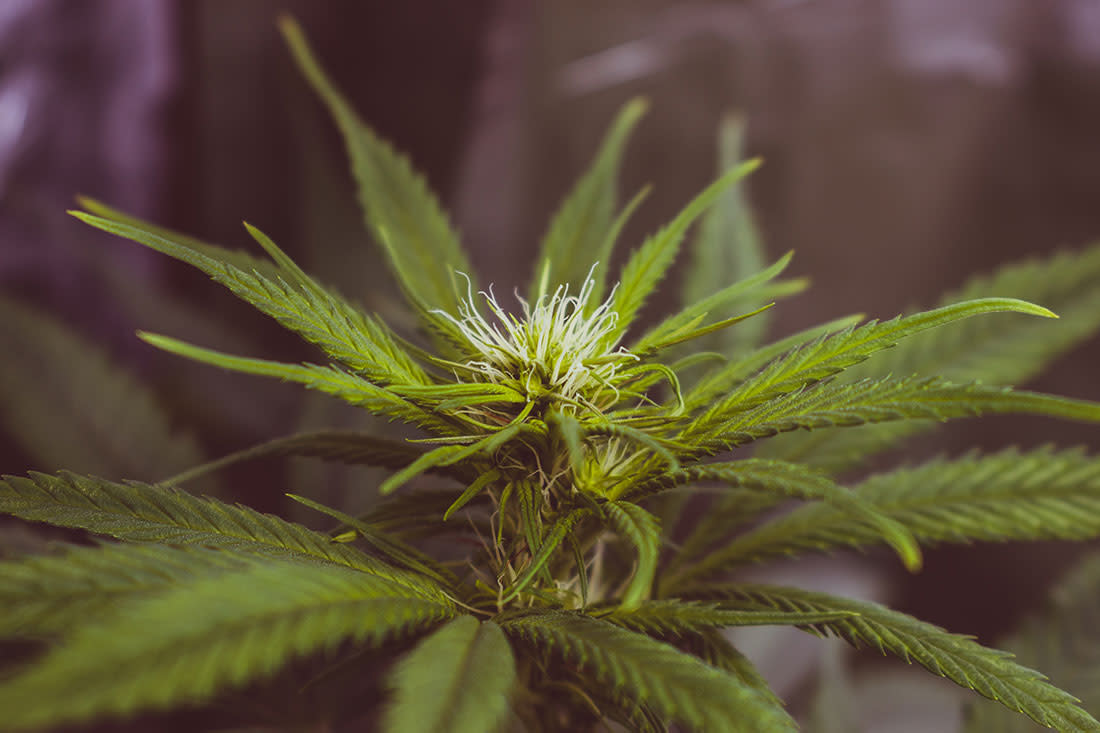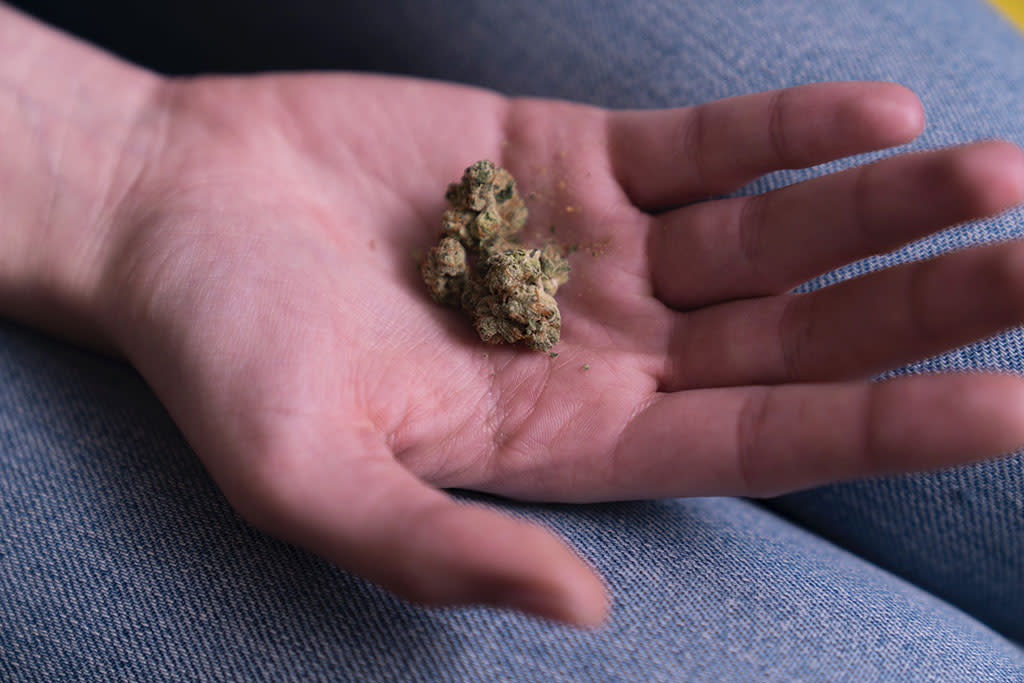Hemp vs. Marijuana: The Truth About CBD

Guest post by Care by Design.
As the cannabis industry explodes, so does our understanding of the plant’s medicinal wonders. While this is liberating and exciting, it’s also filled with ambiguity, confusion, and misconceptions. This is definitely the case with the growing interest in CBD, the medicinal powerhouse being used for healing many different ailments.
While a variety of different types of CBD products are sold through medical cannabis dispensaries (in some states that have legalized cannabis), you may have also noticed that CBD products are increasingly becoming available at groceries, health food stores and through unlicensed online marketplaces.
ARE ALL CBD PRODUCTS CREATED EQUALLY? LET'S TAKE A CLOSER LOOK.
The CBD that you find online through unlicensed retailers or in the store is derived from agricultural hemp and contains trace amounts of THC (less than .3%), whereas the CBD products found in state regulated dispensaries and delivery services (like Sava) are derived from high-resin marijuana and contain different amounts of THC in various ratios to the CBD.
Both agricultural hemp, used for food and fiber, and medical marijuana come from the same plant species known as Cannabis Sativa L. Thus, they can both be referred to as cannabis, which can create a lot of confusion. However, there are different subspecies of the plant, containing different constituents and grown in distinct ways. Hemp for instance produces only trace levels of THC and is processed from stems, stalks, and seeds, while medical and recreational cannabis plants are grown for their high resin content, found primarily in the flowers of the plant. Agricultural hemp has thousands of applications and has been used from centuries cross culturally, yet is it a favorable choice for the extraction of medical CBD?

When considering the medicinal aspects of the plant, resin is where the magic is. As it turns out, industrial hemp varieties are not optimal for extracting CBD-rich oil for the very reason that they produce less resin, where most of the CBD content is found. These days there are high-resin CBD-rich marijuana strains that have been cultivated, including a well-known strain called AC/DC. This strain has been bred for it’s high CBD content and low THC content, at times upward 20:1 (CBD:THC).
Another consideration when comparing hemp and marijuana CBD is a whole plant extract versus an isolated CBD constituent. A whole plant extract incorporates the full-spectrum of the plant’s naturally occurring phytonutrients. Cannabis contains hundreds of compounds, some 70-80 of those called cannabinoids.
CBD is a cannabinoid and works best when used in conjunction with other cannabinoids (like THC) that create a synergistic effect. This is known as the entourage effect.
Yet another reason why hemp varieties are less than ideal for CBD extraction is that the process of extracting and refining CBD from hemp requires a large amount of plant material and often times requires the use of harsh chemicals. The more material used, the more chemicals are required and increase the likelihood of them ending up in the end product. In addition, hemp is a bio-accumulator, meaning it draws in toxins from the soil. This is a great use to remediate damaged soil, but not consume as medicine.
The take home message is that while agricultural hemp is an amazing plant with many different uses, it is not the best source of CBD. Marijuana-derived CBD is a far better alternative because of its high resin content, the entourage effect created from its other plant constituents, and because it doesn’t require the use of harsh chemicals for extraction. Recognizing the constraints related to the legal marketplace for CBD products, these are some of the factors to consider when deciding which CBD products to purchase.

 First, create your Sava account.
First, create your Sava account. Your $40 discount will apply automatically on your first order.
Your $40 discount will apply automatically on your first order.